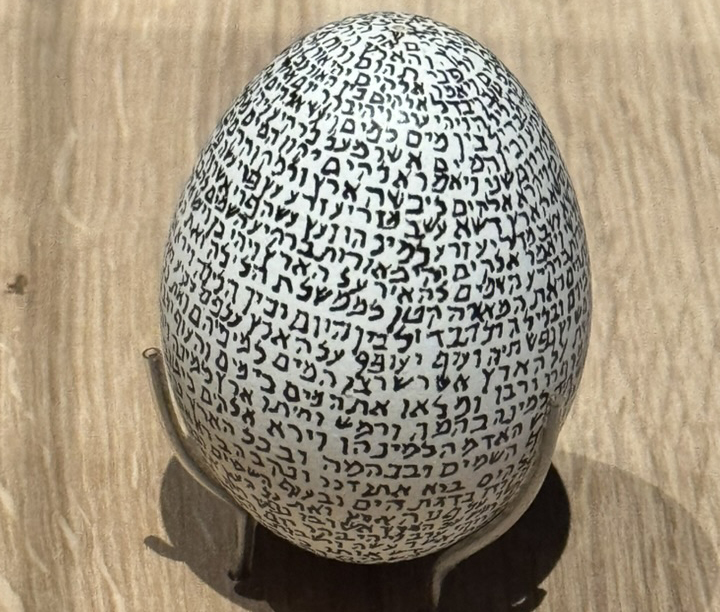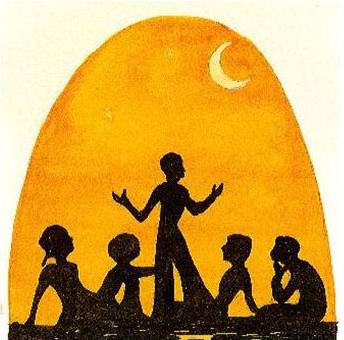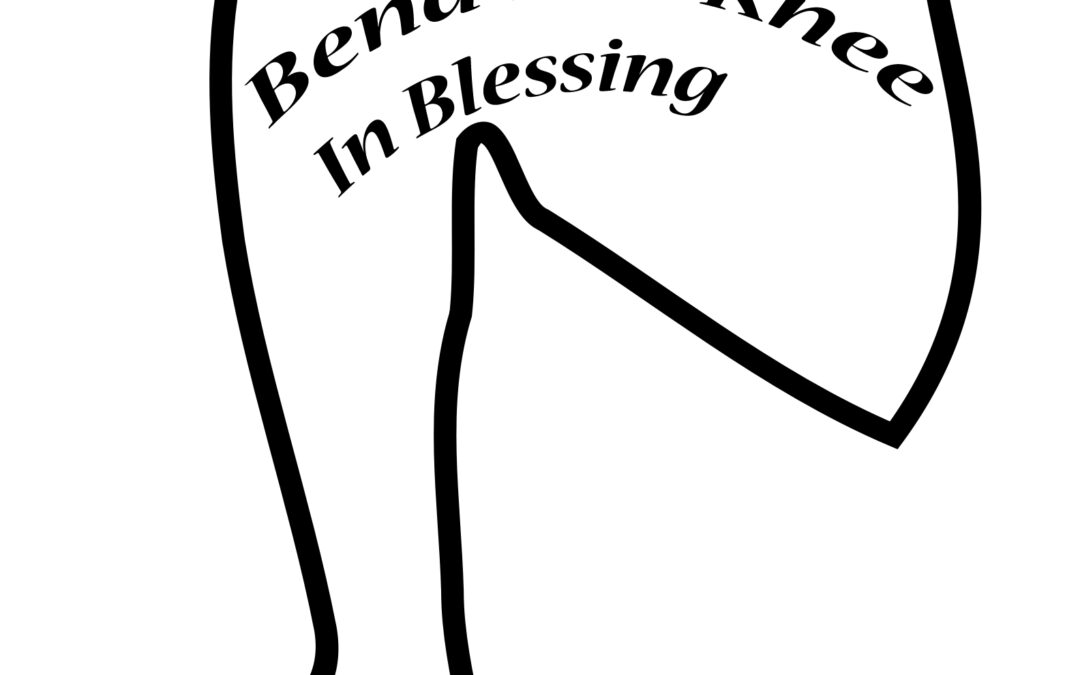
Evan-Amos on Wikimedia
Waiting for the Second Marshmallow, Shabbat Vayikra
by Rav Edmond H Weiss, Ph.D.
It is still embarrassing, even after studying for so many decades, to remember that, until the destruction of the Second Temple, our principal channel of communication with Israel’s God was the sacrifice of animals. Parashat Vayikra begins with the most graphically described sacrifice in the text: the olah, the burnt offering. After Aaron’s sons dismember the calf or lamb, the parts are arranged on the altar:
Then the priest shall turn the whole into smoke on the altar as a burnt offering, an offering by fire of pleasing odor to the Adonai. (Leviticus 1:9)
The olah is different from other offerings at the Mishkan. It is entirely consumed; there is nothing left for either the Levites or the offerors to eat. Most of us find it bizarre–especially the notion that God enjoys the smell of barbeque–and might imagine that the Second Temple was more like an abattoir than a place of worship.
The Meaning of Sacrifice
Anyone who is living a comfortable retirement, however, knows the deeper meaning of sacrifice. It is an act in which we give up something of value in exchange for something of greater value—to be experienced later. In chess one sacrifices a pawn on this move and captures a knight on the next move. Or, one sacrifices the use of current income this week to be saved and invested for retirement. Almost everything we call a “responsibility” entails the sacrifice of time, comfort, or money in order to meet a moral obligation or practical necessity later on.
We all know that the immolation of a lamb or calf will not actually influence the fate of the sinner, but we do know that the quality of mind that enables one to make such a sacrifice—the ability to defer gratification–is a good predictor of ethical behavior.
Put another way, almost every ethical dilemma requires a choice between two courses of action; and the paradigm case is a choice between an action with a clear, immediate return or an action with a mid- or long-range return. Moreover, the choice with the quick return is typically the easier of the two: that is, it requires less mental discipline and less control over one’s appetites.
A healthy bit of livestock is capital (breeding), nourishment (food), and possibly revenue (meat/dairy sales); it satisfies all these immediate needs, and yet the worshiper is commanded to burn it to ashes in exchange for God’s future favor
But the same can be said of marital fidelity. The partners discipline their attraction to others for the sake of long-term peace and stability in home and community. Parents forgo vacations and luxuries to generate college savings for their children. The glutton somehow pushes away from the table, hoping to improve his or her chances of longer, healthier life.
Interestingly, many behavioral scientists believe that this ability to defer reward, to sacrifice, is a personality trait evident even in young children. Scores of research papers have examined the Stanford “marshmallow test,” in which children, under varying experimental conditions, are placed in a room with a marshmallow. They are told that if they can wait until a bell rings and NOT eat the marshmallow, they’ll get two marshmallows, but that if they eat it before the bell, they’ll get only the one. [i]
In almost every case of sacrifice or deferred benefit, the better choice is the one with the higher current pain, exchanged for the later pleasure. In other words, the ethos of sacrifice argues that the dictates of the emotions and appetites, for a person who wishes to be virtuous, are untrustworthy or sinful. The fringes of the tallit are to remind us of the commandments when the urgings of our “eyes and heart” tempt us to debauchery.
The Inclinations
Although the two inclinations (yetzer ha-ra and yetzer ha-tov) are usually described as the evil inclination and the good inclination, this is an oversimplification. It is NOT the case that human beings have a devil on one shoulder and an angel on the other competing for their decisions. The only inclination on one’s shoulder is the evil one because, in fact, the so-called evil inclination is our animal appetite for pleasure and self-indulgence, right now.
Rabbi Natan, in his commentary on Avot[ii], proposed that the yetzer ha-ra develops in a human being in the womb. It drives us in pursuit of pleasure. But, he continues, when a child becomes a bar mitzvah he receives the yetzer ha-tov, the desire to temper his impulses to accord with the laws of Moses. This is a hard-fought struggle because, after all, the yetzer ha-ra has had a 13-year head start.
From this perspective, the evil inclination tells us to eat the first marshmallow and the good inclination tells us to wait. So, the endlessly detailed sacrifices and inconvenient regulations of Vayikra are the essence of deferred benefit and therefore ethical conduct. Civilization progresses (moves closer to God’s conception of humankind) by squelching most of the appetites of the flesh. The struggle, in the individual or community, is endless, and the rewards are speculative.
As I enter my 80th year, most of my long-term returns have returned. My yetzer ha-ra is still willing but weakened by age—so that it is more easily pinned by my yetzer ha-tov. Rabbi Eliezer advised us to “repent the day before we die,” (Avot 2:15) but, as an old man, I often lament that by making my daily sacrifices, by deferring my own pleasures, I may have made less than the full use of my life. Should I have been wilder, less responsible? Should I have tasted some of the more forbidden and less responsible aspects of life—like the first marshmallow?
July 20, 2021
[i] New York University. “Professor Replicates Famous Marshmallow Test, Makes New Observations.” ScienceDaily, 25 May, 2018.
[ii] https://www.sefaria.org/Avot_D’Rabbi_Natan?lang=bi










0 Comments